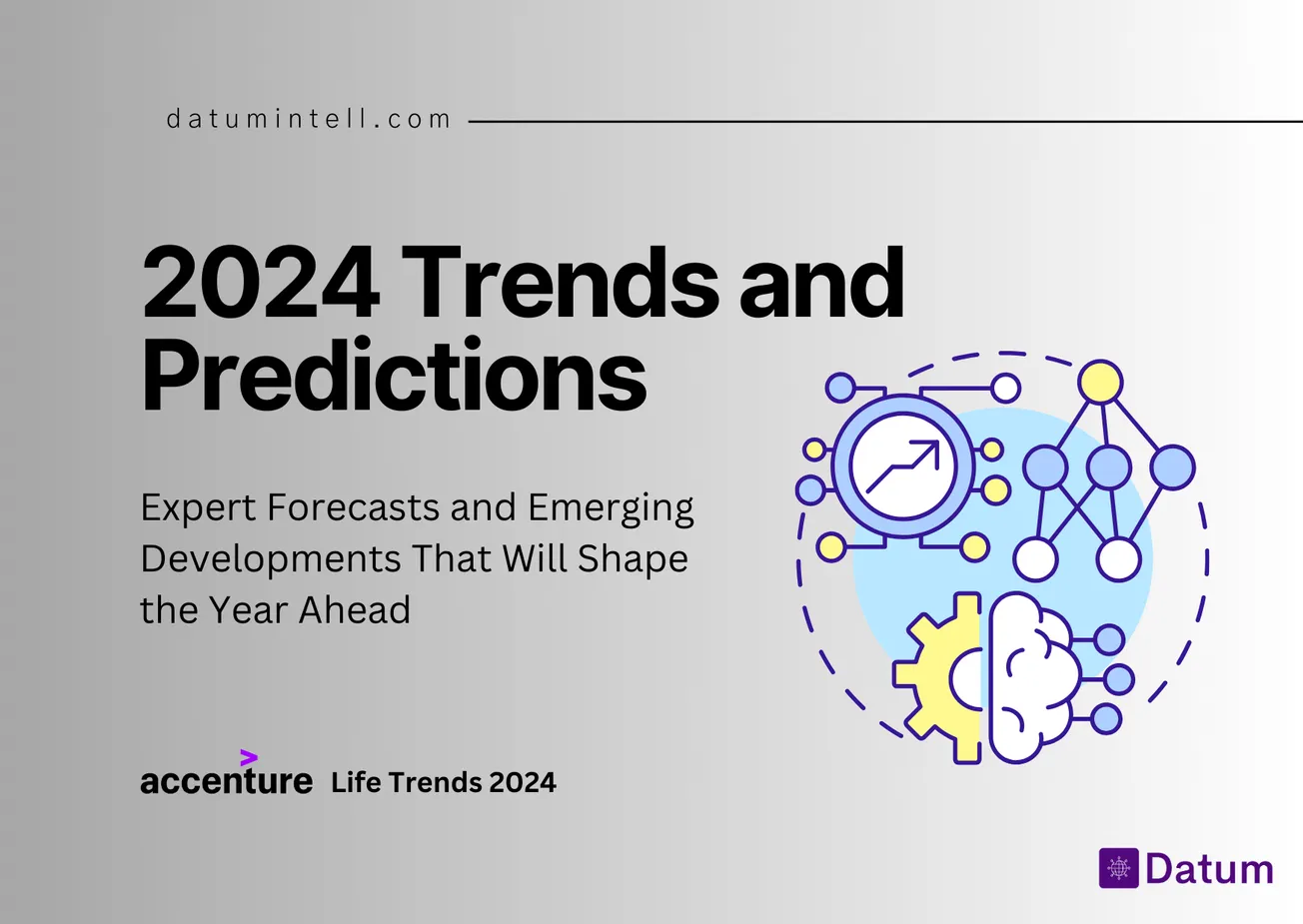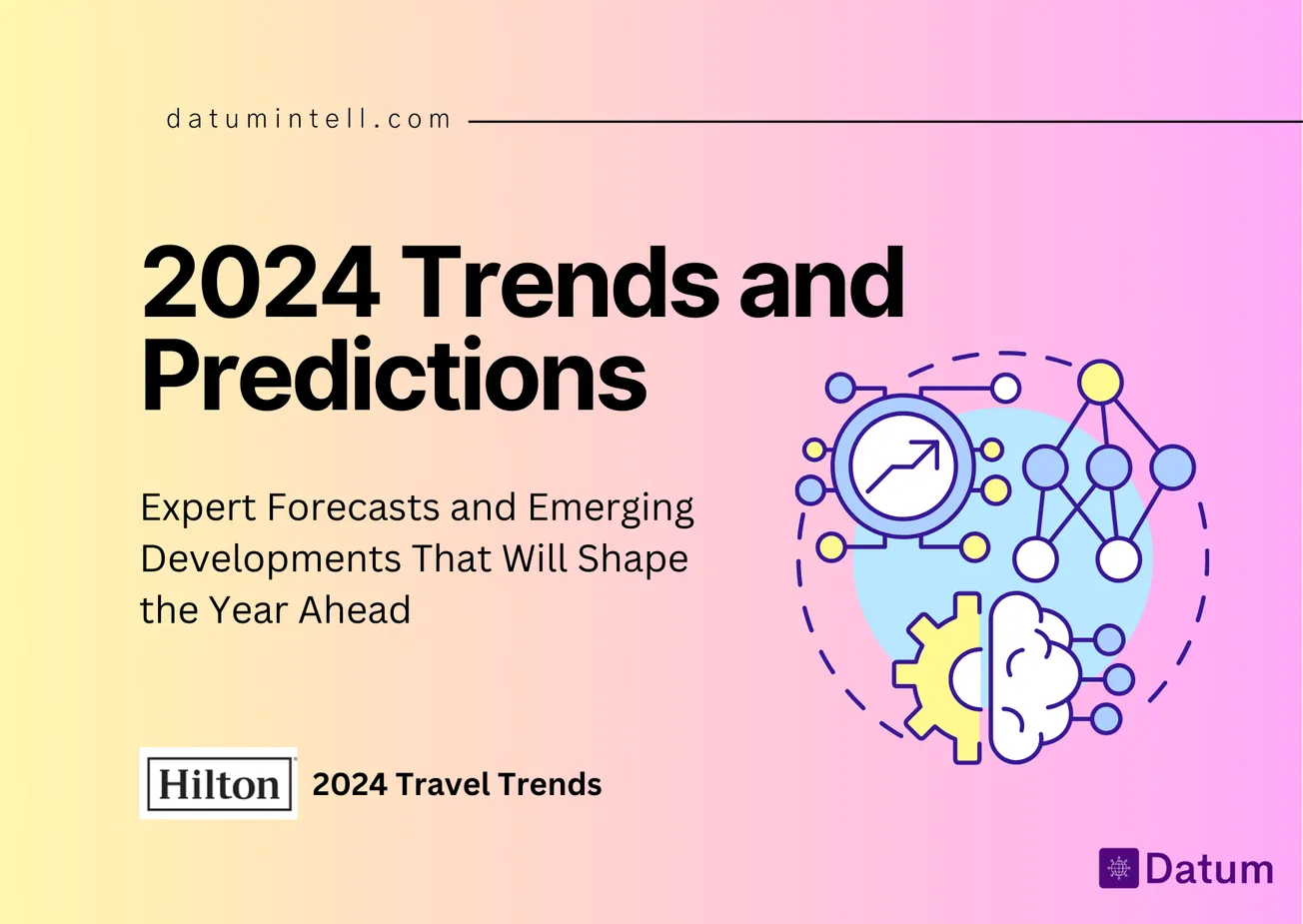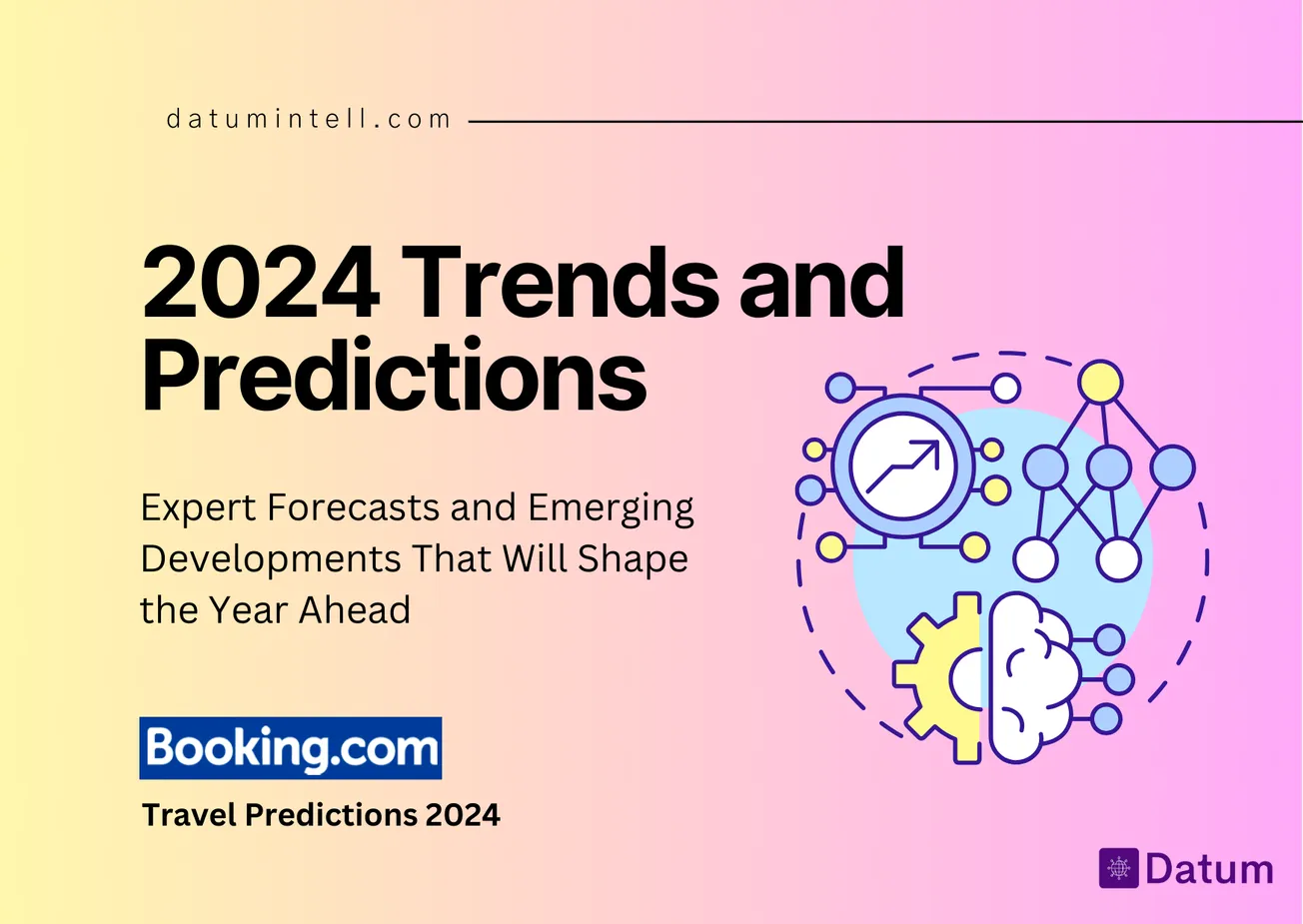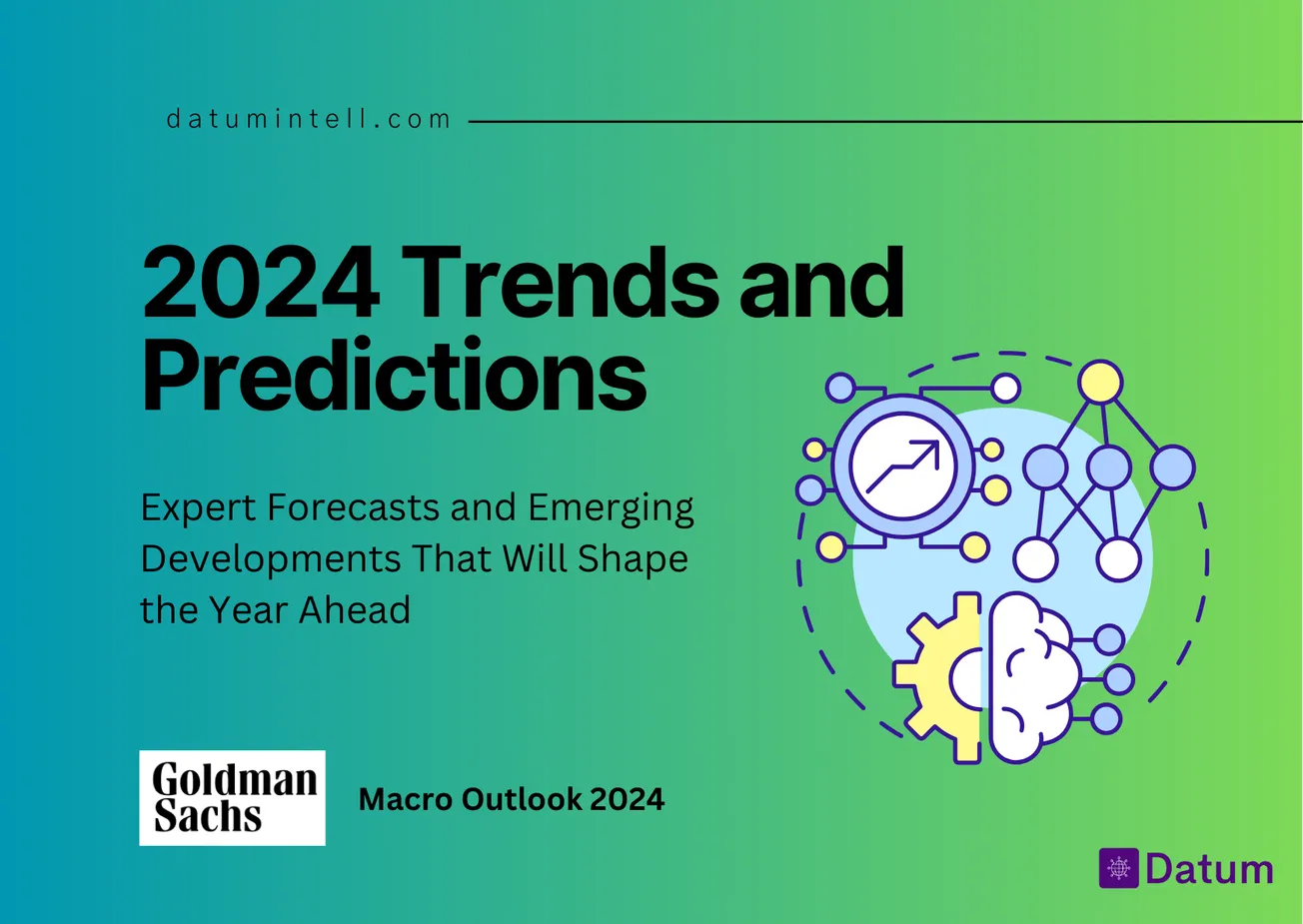Table of Contents
Accenture Life Trends identify and explore the various factors that will change the way people experience and interact with brands, organizations, governments and systems in the coming year and beyond.
This year Accenture identified 5 trends under this theme of interaction between brands, people and technology.
Customer Experience Taking a Back Seat
Businesses are scrambling to cut costs and protect profits against a strained economic backdrop.
37% of people worldwide think that many companies are prioritizing higher profits over better customer experience.
Also companies are looking to pass on cost increase to customers.
40 % of CxOs say they plan to raise prices to pass cost increases to customers.
This is resulting in customers feeling less valued
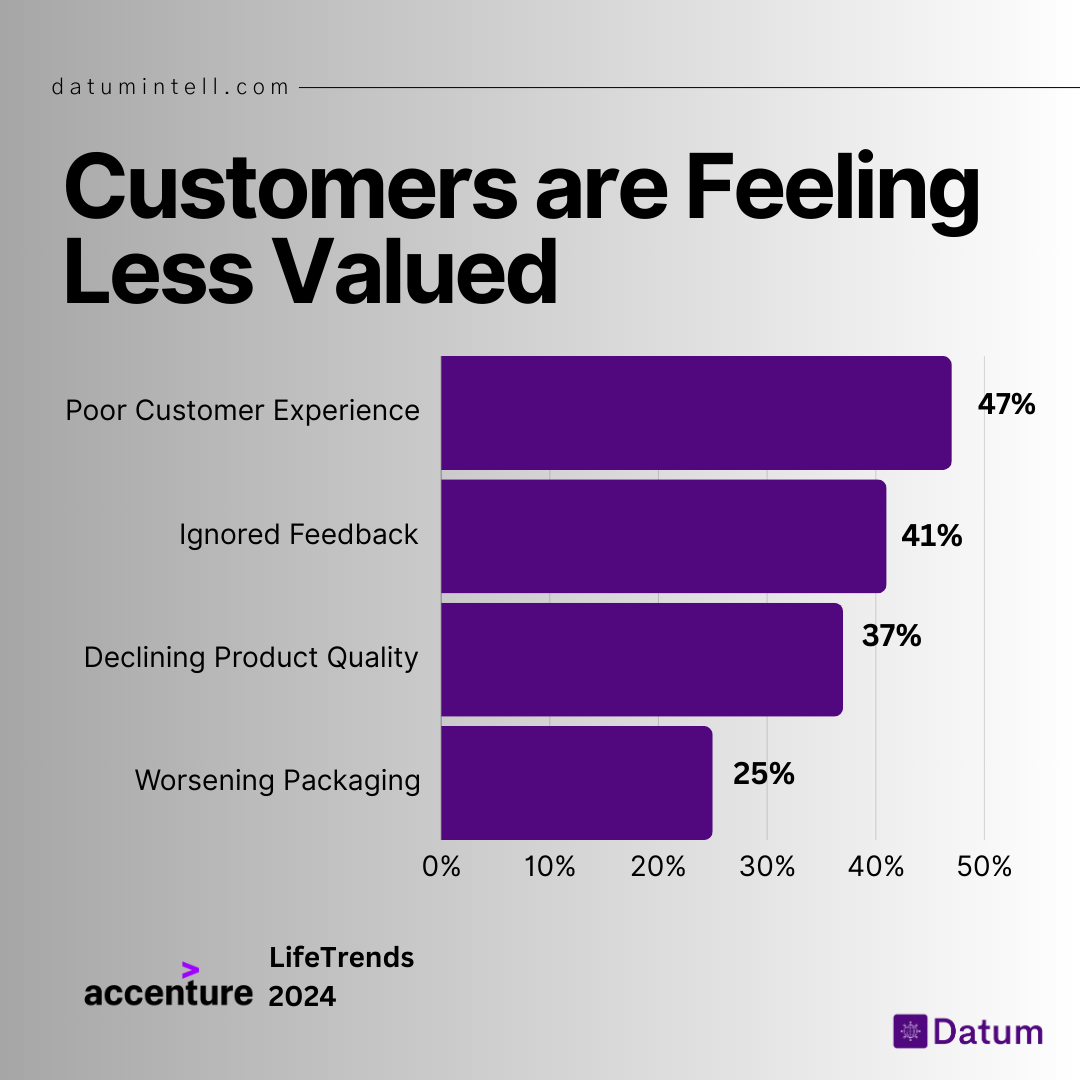
Shrinkflation is the best example of this trend where a brand is charging as much or more for a chocolate bar that looks the same but weighs less
“Shrinkflation” describes a reduction in the quantity or size of a product, while retaining its price.
Customer service is taking a hit, too.
A third of the respondents to Accenture’s global survey say it’s been difficult to get help from or even reach customer service agents in the past year, and a National Customer Rage Survey revealed that US citizens’ experience of dealing with companies over problems is getting worse.
They’re unimpressed with lackluster resolutions and have become more aggressive.
The potential revenue loss for businesses failing to manage complaints properly could reach US$887 billion, up from US$494 billion in 2020.

Brands have long been on a customer-obsession bandwagon, earnestly lauding the importance of their customer relationships.
Now, people see them quietly reversing these promises and feel the impact on their finances and quality of life. Where’s the love that was such a priority a short while ago? Brands will need new strategies to present their value, and a new way to define and develop their relationship with their customers.

Generative AI is upgrading people’s experience of the internet
Generative AI is upgrading the internet from informative to intelligent, and the experience of using it from transactional to personal. Benefits are on both sides of a key relationship: customers will be more deeply understood than ever, while brands will use that understanding to shape hyper-relevant products, services and experiences.

Intelligent conversational interfaces can enable brands to understand their customers on a more granular and flexible level than ever, fueling strong, personal relationships.
Generative AI has moved on from its one-trick pony days, and is developing something seriously impressive: multimodal capabilities.
Rather than handling elements separately, it’s learning to juggle text, images, sound—everything—simultaneously. This upgrade lets AI make sense of information in a more human way, resulting in content that’s cleverly written, visually appealing and audibly engaging.
Entertainment and Brand Content is Boring
Entertainment and brand content seems to have lost its edge, leading to a feeling of blandness. Creativity was once all about the audience, but it’s become inhibited by efficiency mindsets, and by middleman technologies playing tastemaker and gatekeeper. With potential cultural stagnation on the horizon, those willing to invest in genuine innovation and creativity have a powerful opportunity to stand out.
There are more apps, experiences, content, and products available than
ever, yet there’s a feeling of disappointment in the mediocrity of what’s
on offer. The larger pool of content means that standouts are harder to
find, and special no longer feels special.
35% of respondents find app designs indistinguishable across brands, a sentiment that rises to nearly 40% among 18-to-24-year-olds.
Streaming services like Spotify, Apple Music and Tidal pay artists according to how many times a song is played all the way through, regardless of how long the song is.
The knock-on effect being that pop songs are becoming shorter—after all, why bother crafting four minutes of music when 90 seconds will earn as much income? Conversely, YouTube’s advertising rules incentivize creators to make sure their videos exceed 10 minutes to maximize income
Customers actively seek out novelty for its inherent ability to captivate and engage. As the saying goes, “too much of a good thing isn’t a good thing.”
Differentiation has long been a core challenge for businesses, but arguably feels more acute than ever. People will always seek out novelty, and people want to create. Whatever business they’re in, brands need to believe once more in the power of creativity to set them apart from the competition, and give creatives the budget, time and opportunity to renew their focus on the craft and learn how best to harness technology for good.
Humanity’s Interaction with Technology Stands at a Pivotal Juncture
With the acceleration of innovation, people’s sense is that technology is happening to them rather than for them. Looking ahead, the tech industry and all who rely on it need to upgrade their responsibility from compliance to care, and work towards contributing positively to people’s wellbeing rather than draining their resources.
Businesses can’t hide from the oncoming tide of people seeking control of their relationship with technology, so their best approach is to become part of the solution.
With the exponential pace of technology’s advancements showing no sign of slowing, a critical moment approaches: people will soon have to make important decisions about how to create the type of future that ensures the wellbeing both of themselves and of the planet.
Traditional Life Paths are Being Rerouted
People are questioning everything that was once considered obvious, challenging long-standing ideas, and shaping new ways of thinking, acting and living. With macro and technical forces changing things so rapidly, it’s difficult for societal systems to keep pace.
Go to school, get a job, climb the career ladder, get married, buy a home, have a family, and save for a stable retirement.
These were once some of the features in people’s image of a successful
life—there was a degree of flexibility, and variations in different cultures,
but most people broadly followed the same template. Now, it feels like a
decade of deconstruction is underway, and billions of life paths are being
rewritten—each of them unique.
Reconstructing those paths will be faster for people than for the systems that influence their lives.
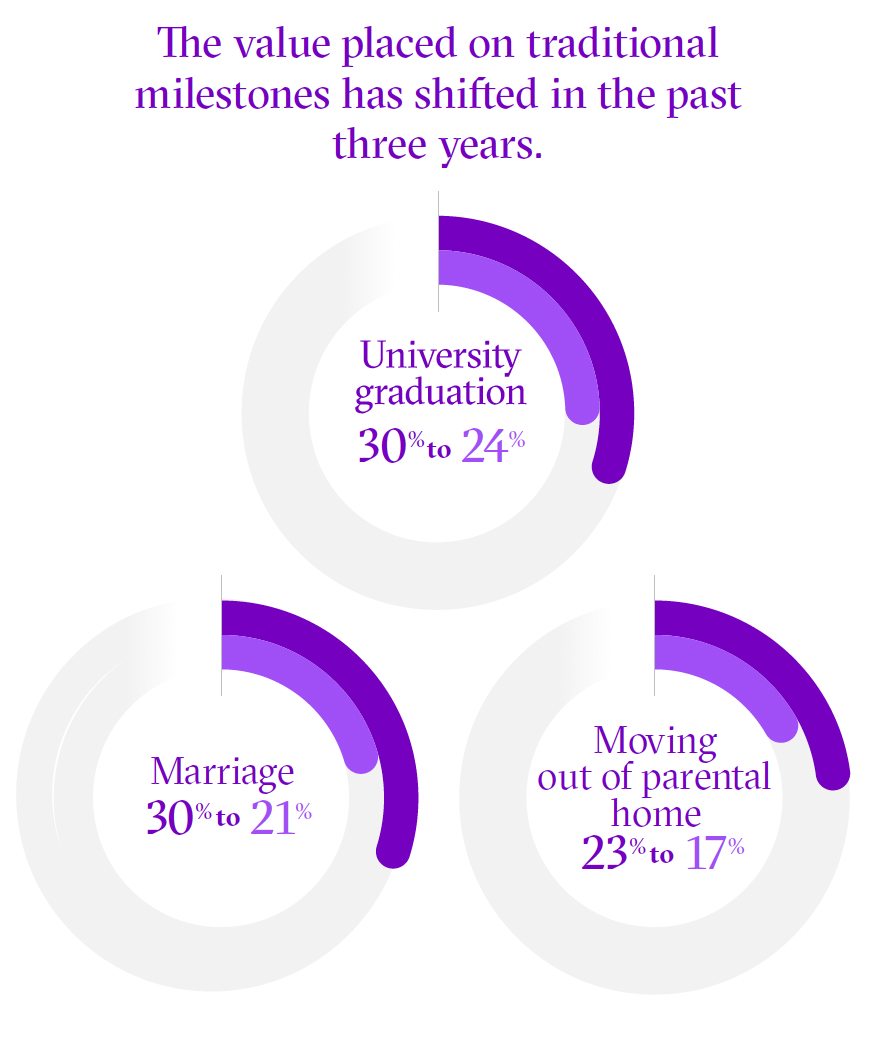
An Ipsos poll found that more than half of Gen Z are concerned about rising inflation and the cost of living, with just 39% saying they earn enough to live on—and a percentage of them don’t yet have families to support. No coincidence, perhaps, that birth rates are falling in almost all countries outside Africa
Financially, we expect to see a faction of people spending whatever they have on fun and travel, and worrying about family, career and housing later.
They may—consciously or subconsciously—deprioritize traditional milestones like buying a home in favor of investing in experiences that feed their souls and shape
their characters. We expect others will find stability in preparing now for concerns of the future.
People are already embracing the FIRE Movement (Financial Independence, Retire Early), living frugally and sinking up to 70% of their income into savings.
We may see a rise in spiritual practices that have always brought stability and comfort, but that have been in decline.
People’s return to spirituality might be on their own terms, perhaps accepting the lessons and rituals they find helpful but quietly discarding aspects that feel less applicable. Though religious affiliation continues to fall, spiritual openness and curiosity are on the rise.

